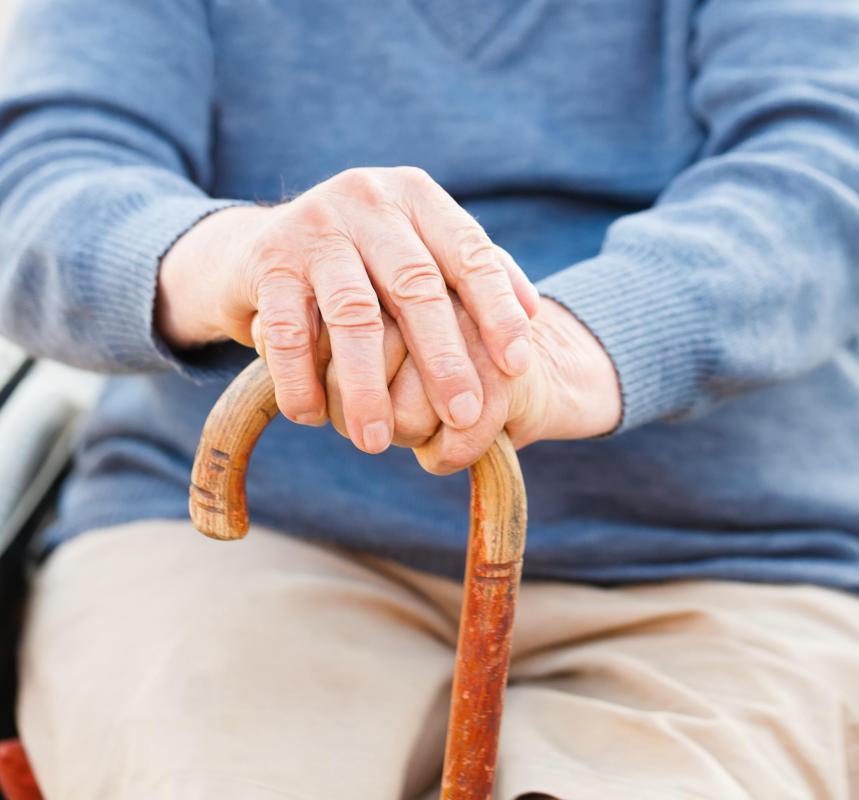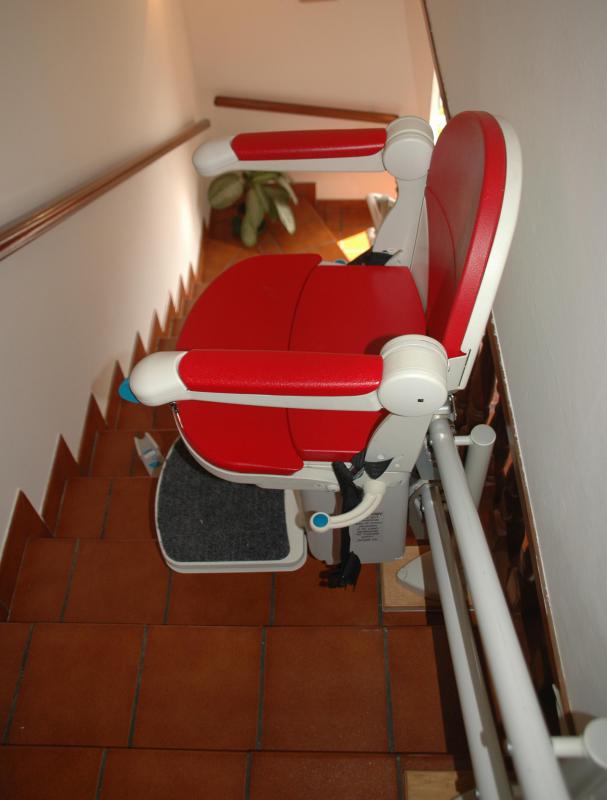At TheHealthBoard, we're committed to delivering accurate, trustworthy information. Our expert-authored content is rigorously fact-checked and sourced from credible authorities. Discover how we uphold the highest standards in providing you with reliable knowledge.
What Are Therapeutic Devices?
Therapeutic devices typically fall into two categories: those that assist a patient in their daily activities, and those that assist medical personal in delivering therapeutic services. Patient assistive devices include hearing aids, visual aids, canes, walkers, or any other device that allows patients to perform tasks they otherwise would not be able to perform due to a physical limitation or disability. Examples of therapeutic devices used by medical personnel include oxygen delivery systems, catheters, intravenous lines, and physical therapy equipment.
For those with minor visual or hearing impairments, therapeutic devices such as hearing aids or glasses can help them achieve significantly improved vision and hearing. Even in severe cases, these devices can greatly enhance the users’ ability to perform regular daily tasks, such as reading, watching television, or carrying on a conversation. Assistive devices for those with complete loss of hearing or vision are also available. These may include text-to-speech programs and Braille books for the blind, and closed-caption technology for the deaf. Although these devices do not restore any of the lost sense, they allow users to participate in activities they may otherwise have to avoid.

Numerous different types of therapeutic devices are used for those with physical impairments that inhibit their ability to walk. Crutches and canes can help those with temporary or minor impairments, while walkers and wheelchairs are available for those with more severe limitations. An artificial joint can replace a patient’s damaged existing one to provide better overall mobility. The most common procedures include knee or hip replacements. Physical therapy equipment, including massage tables, weight machines, and even hot tubs, can be used to help patients regain mobility after a surgery or accident.

Doctors and nurses use therapeutic devices every day in medical facilities. Oxygen delivery systems, including masks, tanks, and other devices used in respiratory therapy, are among the most commonly used devices in a hospital setting. Catheters can be used to both deliver necessary medications into the body and remove specific fluids, such as urine, from the body. Wound care implements, such as suctioning devices and bandages, are therapeutic because they help the wounds heal and prevent infection from occurring.

Therapeutic devices may also include modifications to a home that allow patients a wider range of mobility or keep them safer. For example, those who use a wheelchair or have difficulty climbing steps may have a ramp installed outside their home. For indoor staircases, special lift devices can be installed to carry patients safely to the upper levels. Rails and seating can be installed in shower stalls or bathtubs. All of these devices make it easier and safer for patients with physical limitations to remain in their own homes.
AS FEATURED ON:
AS FEATURED ON:














Discussion Comments
Are assistive devices, therapeutic devices though? I always thought of therapeutic devices as devices that treat a condition. Assistive devices don't treat, they simply help ease the issue.
A therapeutic device is more like a brace that helps the ankle heal by immobilizing it. Or it's like an oxygen machine that treats the lack of oxygen circulation in a patient. Does this make sense?
@soneMason-- Glasses probably or maybe contact lenses. Practically everyone needs them at one point of their life. A great many of us will need hearing aids and canes when we're older too. It's a part of life. As we age, we need more support to do even basic things sometimes.
But I agree with you that we are fortunate. There are people in some countries who don't even have access to basic therapeutic devices. There are handicapped individuals without wheelchairs, children who don't have the hearing devices they need. We are lucky that these are easily available to us. These devices need to be available to all who need them worldwide. I think this is a basic right, much like anything else.
Life would be so difficult without therapeutic devices. We all need them from time to time, due to injury or illness. I wonder which is the most commonly used therapeutic device?
Post your comments